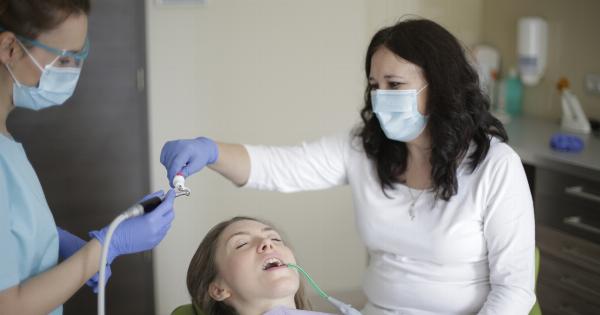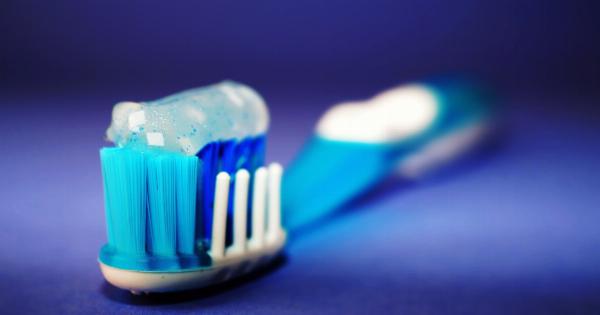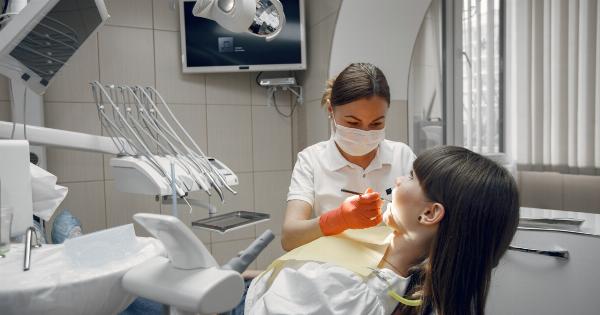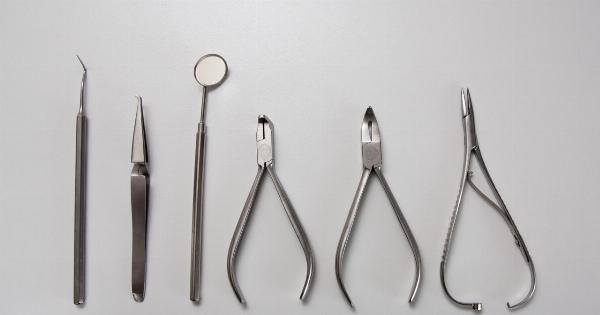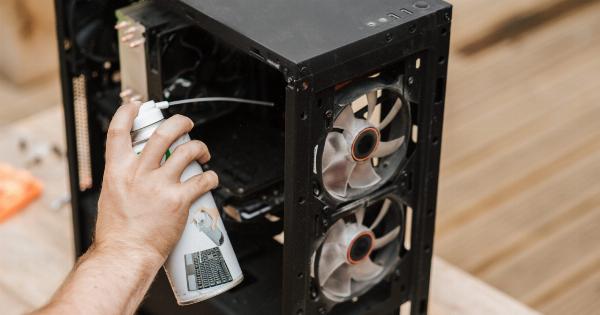A dental guard or mouth guard is an important tool for people who grind or clench their teeth, suffer from TMJ disorders, or engage in contact sports. These guards are usually made of plastic or acrylic and molded to fit the individual’s teeth.
When used properly, a dental guard can help protect the teeth and prevent damage to the jaw and muscles of the face. However, over time, a dental guard can show signs of wear, which can affect its effectiveness and lead to dental problems.
What is a Dental Guard and Why is it Used?
A dental guard, also known as a mouth guard, is a protective device that is placed over the teeth to help prevent damage caused by grinding or clenching.
The device is made of soft plastic or acrylic and can be customized to fit the individual’s teeth. Dental guards can also be used to treat temporomandibular joint disorders (TMJ), which are characterized by pain and stiffness in the jaw joint and surrounding muscles.
In addition, dental guards are commonly used by athletes to protect their teeth and prevent injuries to the mouth during contact sports.
How to Tell if Your Dental Guard is Showing Signs of Wear
Over time, a dental guard can become worn and may need to be replaced. Here are some signs that your dental guard may be showing signs of wear:.
1. Cracks or Tears
If your dental guard has visible cracks or tears, it may not provide adequate protection for your teeth. These defects can also lead to discomfort and irritation of the gums and soft tissues of the mouth.
2. Thinning of the Material
If you notice that your dental guard has become thinner over time, it may be time for a replacement. Thin spots in the material can be areas of weakness that can lead to breakage or tearing under pressure.
3. Changes in Color or Texture
If your dental guard has become discolored or has a rough texture, it may be showing signs of wear. This can be due to accumulation of bacteria, food particles, and other debris over time.
4. Shifts in Fit and Comfort
If your dental guard no longer fits as well as it used to or is causing discomfort, it may be showing signs of wear. This can be due to changes in the shape of the teeth or jaw over time, or to changes in the material of the guard itself.
The Risks of Worn Dental Guards
If your dental guard is showing signs of wear, it may not provide adequate protection for your teeth and jaw. In addition, worn dental guards can pose other risks, including:.
1. Tooth Damage
If your dental guard is no longer effective in preventing teeth grinding or clenching, you may be at risk for tooth damage, such as chips, fractures, and other forms of wear.
2. Gum Irritation
Worn dental guards can irritate the gums and other soft tissues of the mouth. This can lead to inflammation, pain, and bleeding.
3. Bacterial Growth
Worn dental guards can harbor bacteria and other microorganisms, which can lead to bad breath, gum disease, and other oral health problems.
How to Take Care of Your Dental Guard
In order to prolong the lifespan of your dental guard and keep it in good condition, it is important to take proper care of it. Here are some tips:.
1. Clean Your Dental Guard Regularly
Clean your dental guard with a soft toothbrush and mild soap or toothpaste. Avoid abrasive cleaners or harsh chemicals that can damage the material. Rinse thoroughly and allow to air dry.
2. Store Your Dental Guard Properly
Store your dental guard in a clean, dry place when not in use. Avoid exposing it to extreme temperatures or direct sunlight, which can damage the material.
3. Replace Your Dental Guard as Needed
If your dental guard is showing signs of wear or is no longer fitting properly, it may be time for a replacement. Consult with your dentist or orthodontist for recommendations on when to replace your guard.
The Bottom Line
Dental guards are an important tool for protecting teeth and preventing damage to the jaw and muscles of the face. However, over time, these guards can show signs of wear, which can affect their effectiveness and lead to dental problems.
By taking proper care of your dental guard and replacing it as needed, you can ensure that it provides the best possible protection for your teeth and jaw.


